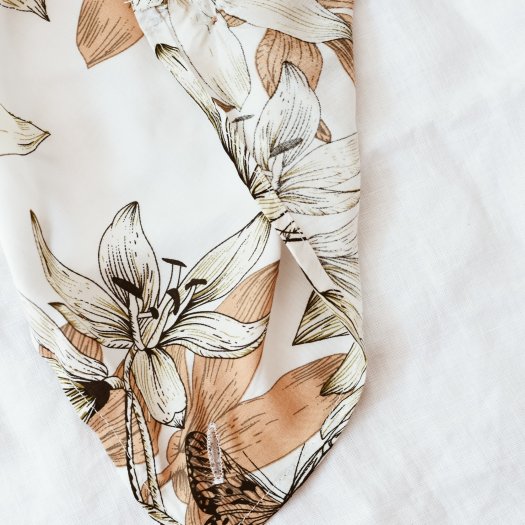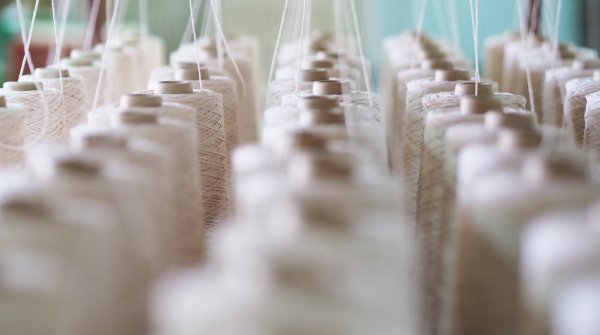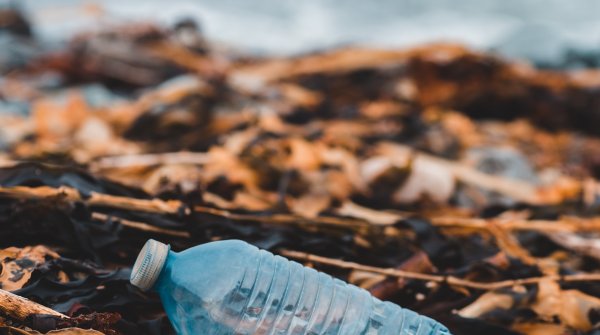Viscose is a chemically produced fiber based on cellulose - a natural raw material. In fashion, it is also known as "rayon" and is often used as an artificial alternative to silk. The fabric is versatile and is ideal for dresses, blouses and skirts.
Viscose is soft to the touch, breathable and drapes beautifully. It can be easily dyed and is often used as a substitute for silk or cotton. Viscose clothing is comfortable to wear and often has a slightly shiny appearance. Important to know: If cared for incorrectly, the fabric can shrink or lose its shape. It is also somewhat more sensitive than other materials in terms of durability.
- Viscose is a semi-synthetic raw material
- This is why artificial silk viscose is so easy to care for and versatile
- Viscose absorbs moisture
- The cellulose fibers are more skin-friendly than synthetic fibers
- Viscose is biodegradable
- Nevertheless, conventional viscose is not sustainable
- How to recognize more sustainable viscose
Viscose is made from cellulose - a natural raw material found in wood. It usually comes from beech, spruce, eucalyptus or bamboo wood and is processed into fibers in a chemical process. The cellulose is pressed into fiber form under high pressure. This is why it is referred to as a semi-synthetic material: viscose is neither a purely natural fiber like cotton or silk, nor a completely synthetic one like polyester.
The market for viscose staple fibers is growing rapidly: from 27.37 billion US dollars in 2025 to an expected 40.26 billion by 2032 - an annual growth rate of 8.4%. Sustainability is no longer an option, but an obligation. Those who opt for sustainable viscose today - such as recycled fibers - are gaining a head start. In 2022, 0.5% of man-made cellulose fibers were already made from recycled materials. This not only helps to achieve environmental goals, but also reduces costs and strengthens brand loyalty among an environmentally conscious target group.
In the viscose process, cellulose fibers can be specifically adjusted in length, strength and stability. This flexibility makes viscose not only particularly versatile and ideal for blended fabrics, but also much easier to care for than pure natural fibers: it is easy to wash, hardly needs ironing and wears out more slowly. Viscose is also skin-friendly and has a climate-regulating effect.
For fashion brands, viscose 2025 offers a smart solution to master key sustainability challenges. It is easy to process, can be easily combined with other materials and enables durable, easy-care clothing. This reduces returns, increases customer satisfaction - and boosts brand value. Viscose is also economically attractive: it helps to achieve quality and price targets at the same time.
As viscose is based on the natural raw material cellulose, it has similar climate-regulating properties to natural fibers such as cotton or wool. It is highly absorbent and can absorb up to 400 percent of its own weight in moisture. At the same time, the fabric does not feel wet, but has a pleasant cooling effect. This is a clear advantage over pure natural fibers: Viscose dries extremely quickly and is therefore popular for travel towels, vegan sneakers or outdoor textiles.
For brands in the outdoor, travel or athleisure sector, viscose is ideal for products that come into contact with sweat: Its ability to absorb large amounts of moisture without feeling damp makes it very comfortable to wear. For example, a shoe label can use viscose lining to ensure that sneakers stay fresh even after long periods of wear. And because the fabric dries quickly, it also shortens production times - which saves energy and makes processes more efficient. Anyone developing products where comfort and function are important will find viscose a breathable solution that appeals to modern customers.
No crude oil is used in the production of viscose, and cellulose is usually grown without the use of pesticides. This has a positive effect on the skin compatibility of the fibers: Pure viscose contains hardly any harmful substances and is particularly suitable for allergy sufferers.
This is precisely why more and more consumers are opting for cellulose-based materials such as viscose. For brands, this means that if they want to survive in the long term, they have to adapt to this change. Clothing that is soft and suitable for sensitive skin offers a clear competitive advantage. And: the use of pesticide-free fibers strengthens credibility in the area of sustainability. Those who rely on responsible materials today show customers that health and the environment are not opposites - they belong together. This commitment creates trust and ensures genuine brand loyalty.
The renewable raw material cellulose is used for the production of viscose. It is found in various types of wood and remains biodegradable even after the viscose process. This means that viscose performs better ecologically than completely synthetic materials.
Viscose offers many advantages for fashion and textile brands: not only because of its low carbon footprint, but also because of its versatility and ease of processing. Whether basics, activewear or everyday fashion - viscose impresses with its soft feel and high-quality drape. The fabric can be easily integrated into existing production processes. This means that new collections can be scaled efficiently without having to constantly procure new materials.
The viscose process is extremely energy-intensive. In addition, complex chemical conversion processes are required to obtain the cellulose. In liquid form or as toxic vapors, these chemicals cause considerable environmental pollution in the production regions. The consequences are not only ecologically problematic - they also demonstrably endanger the health of people in and around the factories.
Brands should therefore invest in more environmentally friendly viscose alternatives or work with sustainable suppliers. In this way, the expectations of greener products can be met - and a responsible, sustainable business model can be established at the same time
Several factors play a role when purchasing viscose: the raw material, the production and the further processing. In the "Modal" type of viscose, the cellulose mainly comes from sustainable forestry. The designations "Lyocell" or "Tencel" stand for more environmentally friendly production from eucalyptus - in which no waste water containing harmful substances is released into the environment. Lenpur" viscose is also produced without chemical additives. The special feature: Not a single tree is felled for this material, as the cellulose is obtained exclusively from pruning trees.
For companies that rely on sustainable materials, alternatives such as Modal, Lyocell or Lenpur are a strong signal. These fibers meet ecological standards and strengthen the brand profile. Companies that take responsibility and rely on environmentally friendly fabrics show customers that nature and quality go hand in hand - and create trust that builds long-term loyalty.
Although viscose fiber is not as sustainable as it seems, it has advantages over other chemical fibers such as polyester in terms of environmental friendliness. The advantages of viscose are therefore
- More sustainable than most chemical fabrics
- Provides comfort when wearing clothing made with viscose
- Provides shine to clothing (optical effect)
- Breathable and cooling
- Moisture-regulating
In view of these advantages, the question of whether viscose is good can definitely be answered with a "yes".
Finally, we have summarized the most frequently asked questions about viscose for you.
Is viscose sustainable?
Compared to many other fabrics, viscose is considered more sustainable as it is made from plant-based waste materials. However, the manufacturing process is problematic for the environment: it requires a lot of energy and uses chemicals such as sulphuric acid, which are harmful to humans and nature.
Companies that want to integrate viscose into their supply chain should take care to reconcile sustainability and production impact. Compared to synthetic fibers such as polyester, viscose is more environmentally friendly - but even better are closed-loop production methods or the use of cellulose from certified, sustainable forestry. This reduces the environmental impact and strengthens the brand image at the same time.
What are the disadvantages of viscose?
Viscose should not be tumble dried as it can shrink. The fabric is also prone to pilling and has a low tear resistance. Brands can compensate for these weaknesses by blending viscose with more robust fibers or by using modern finishing processes to improve its stability and durability. This increases the performance of the material - and also optimizes the user experience for customers.
Is viscose breathable?
Viscose is moisture-regulating and breathable. The semi-synthetic fiber is also allergy-friendly - making it ideal for clothing textiles.
From the company's point of view, it is worth communicating these properties in a targeted manner: Breathability and moisture management appeal to customers who value comfort and functionality. Those who integrate viscose into activewear or summer collections offer a modern blend of comfort and style - and position themselves close to the needs of today's consumers.
If you want to communicate responsibly today, you have to question what is in the material. If you want to be successful tomorrow, you need solutions that not only sound good, but are measurably better. From 30. NOV. - 02. DEC. ISPO in Munich will show how sustainability and innovation come together. In the Arena Upstream & Supply, developers, designers and material suppliers will come together to set new standards. Talks, showcases and the ISPO Textrends Awards stage will reveal how the next generation of materials is being created - smarter, more transparent, more sustainable.
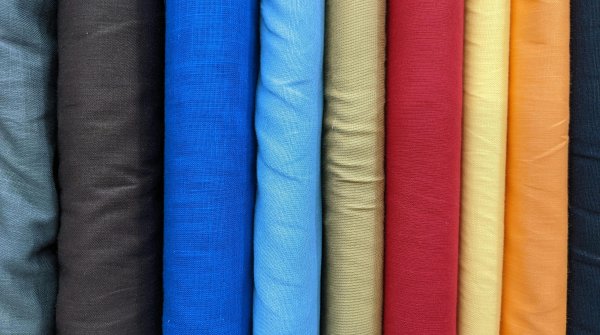 ISPO TextrendsISPO Textrends Whitepaper 2027/28
ISPO TextrendsISPO Textrends Whitepaper 2027/28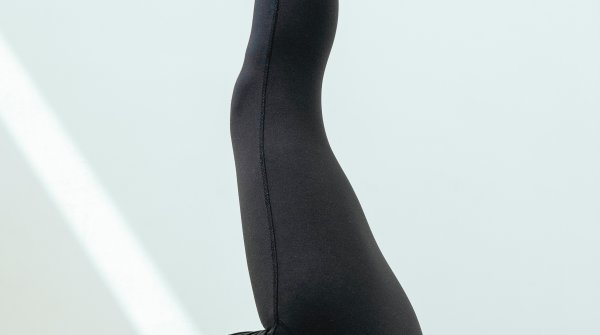
- ISPO awards
- Mountain sports
- Bike
- Design
- Retail
- Fitness
- Health
- ISPO Job Market
- ISPO Munich
- ISPO Shanghai
- Running
- Brands
- Sustainability
- Olympia
- OutDoor
- Promotion
- Sports Business
- ISPO Textrends
- Triathlon
- Water sports
- Winter sports
- eSports
- SportsTech
- OutDoor by ISPO
- Heroes
- Transformation
- Sport Fashion
- Urban Culture
- Challenges of a CEO
- Trade fairs
- Sports
- Find the Balance
- Product reviews
- Newsletter Exclusive Area
- Magazine
